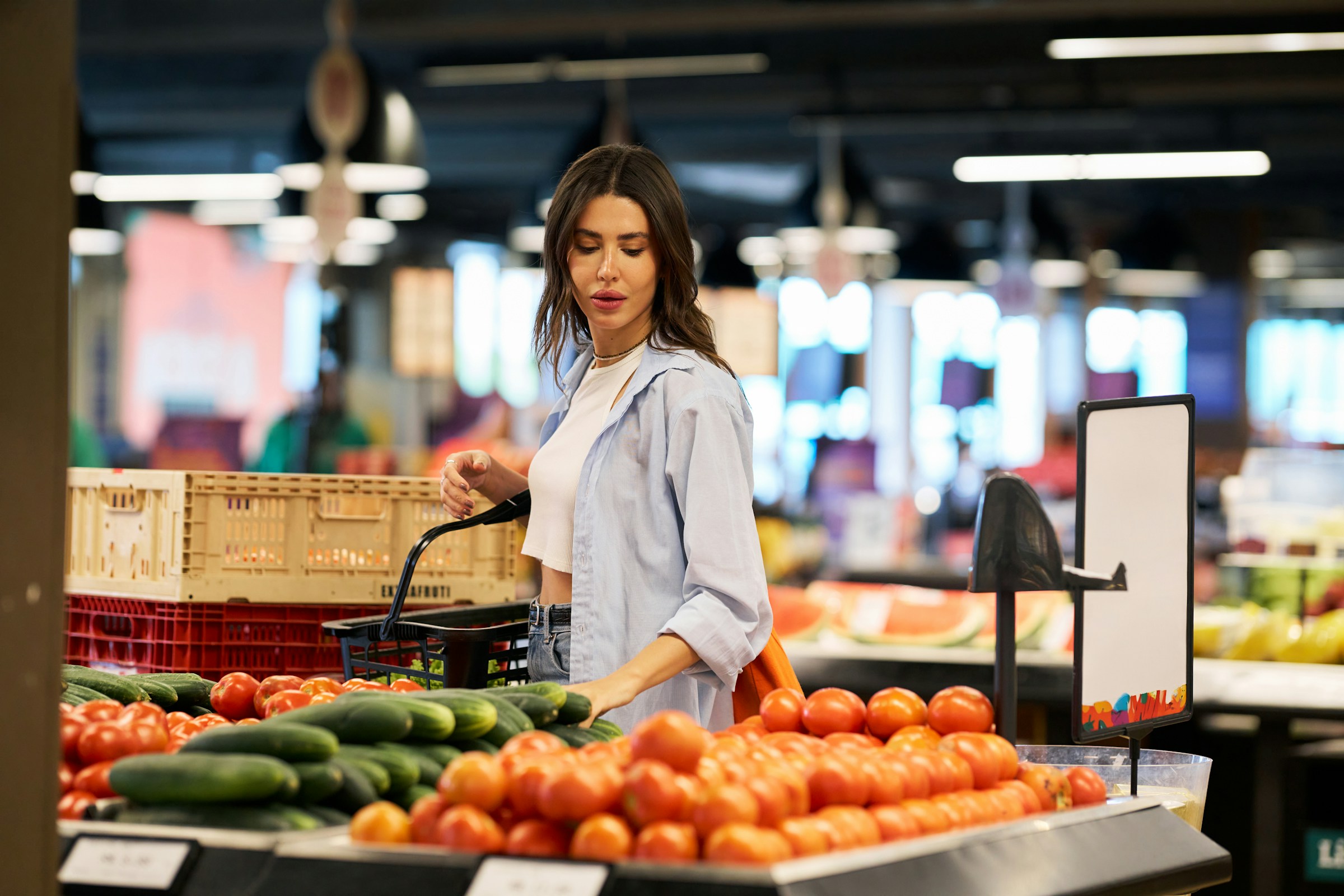President Donald Trump’s proposed blanket tariffs, set to take effect August 1, are reviving concerns about inflation—but with a more everyday twist. The new round of duties could directly affect common grocery staples like coffee, bananas, baked goods, beer, and fish. According to a new analysis by the Tax Foundation, these items represent over 20% of U.S. food imports by volume and are now facing the threat of elevated tariffs—some exceeding 30%.
The economic rationale behind the tariffs is to encourage domestic consumption of American goods and reduce reliance on foreign imports. However, not all products are created equal when it comes to substitution. Some, like Brazilian coffee or Southeast Asian seafood, simply don’t have scalable American counterparts. Even where U.S. production does exist, such as in certain types of produce, it’s nowhere near enough to meet national demand.
As a result, the likely outcome is simple: U.S. consumers will end up paying more.
Tariffs are often misunderstood as penalties paid by foreign exporters. In reality, they are taxes paid by domestic companies importing foreign goods—and those costs often flow downstream to consumers. In this case, food importers, distributors, and retailers will have to absorb or pass on increased prices tied to higher tariffs. And with food price elasticity already constrained by consumer habits and supply limitations, there may be little room to maneuver.
According to Yale University’s Budget Lab, the price hikes could be meaningful. Their analysis estimates that tariffs implemented so far have already increased U.S. food costs by 3.4% in the short term. Long-term, these prices are expected to stabilize at about 2.9% higher. But fresh produce could be hit harder—spiking nearly 7% in the near term before easing to a 3.6% premium.
These numbers matter. Grocery prices were already up 2.4% year-over-year as of June 2025, based on the latest inflation report. And that figure doesn’t yet reflect the anticipated impact of Trump’s August 1 tariffs.
The five categories most exposed to Trump’s food tariff policy are:
- Coffee – With nearly all of the U.S. supply imported from producers like Brazil, Vietnam, and Colombia, tariffs here are almost guaranteed to hit wallets.
- Bananas and tropical fruit – U.S. domestic production is virtually nonexistent and insufficient for mass market demand.
- Baked goods – Many imported confections, biscuits, and packaged pastries will become more expensive.
- Liqueurs and beer – Alcoholic beverages from Europe and Latin America, including beer from Mexico, face rising costs.
- Fish and seafood – Much of the U.S. seafood market is reliant on imports, particularly from Southeast Asia.
Unlike discretionary goods, many of these are pantry staples or culturally entrenched purchases—meaning U.S. households are unlikely to significantly reduce consumption even in the face of modest price increases.
While the political argument behind tariffs centers on restoring American manufacturing and agriculture, the deeper issue here is structural. The U.S. food supply is heavily dependent on imports—about $221 billion worth in 2024 alone. Many of these products cannot be domestically produced at scale due to climate, seasonality, or economic inefficiency.
This creates a long-term fragility. As global trade flows face rising geopolitical risk—from war in Ukraine to climate-driven crop volatility—food inflation risks become more systemic. Tariffs only intensify this vulnerability by making foreign supply more expensive without increasing domestic alternatives. And in an environment where consumer demand remains high and supply chains are still recalibrating post-COVID, this inflation risk is not just transitory. It’s structural.
The White House has maintained that tariffs are a cost borne by foreign exporters. “The cost of tariffs will be borne by exporters who rely on access to the American economy,” said White House spokesperson Kush Desai, referencing the U.S.’s status as the world’s largest consumer market.
To bolster this claim, the administration pointed to recent declines in the personal consumption expenditure (PCE) price index for imported goods between December and May. But critics, including the Tax Foundation and Budget Lab economists, argue this doesn’t capture the full lagged impact of upcoming tariffs.
“It’s way too soon for the administration to be doing a victory lap,” said Tax Foundation senior economist Alex Durante. “Most of their planned tariff increases have not gone into effect yet.”
That timing matters. If prices jump in the third and fourth quarters, just as holiday spending ramps up, it could create new inflationary pressure—at precisely the wrong time for monetary policy stability.
Tariff-driven inflation risks add complexity to the Federal Reserve’s inflation control efforts. If food prices jump while core inflation remains sticky, it could delay hoped-for interest rate cuts. Alternatively, the Fed may be forced to tolerate inflation above its target longer than planned, undermining public confidence in its inflation-fighting credibility.
The fiscal side faces similar pressures. Should food inflation disproportionately impact low-income households, it may lead to renewed calls for nutritional assistance boosts—such as expanded SNAP benefits—placing strain on an already stretched federal budget. In both cases, the underlying issue remains the same: tariffs are not an isolated trade lever. They are a broad tax instrument with ripple effects across the consumption and policy landscape.
At its core, Trump’s food tariff push reveals more than just a shift in trade posture. It exposes the brittle reality of America’s food supply chain—a system that, while efficient on paper, lacks resilience when foreign supply is squeezed or politicized.
The administration may be betting that short-term pain leads to long-term gain in domestic production. But for now, the data shows little evidence of capacity replacement—only cost transfer.
And that leaves U.S. consumers holding the bill. Not just in price tags, but in the form of an increasingly fragile system whose limits are now being tested—one tariff at a time.















